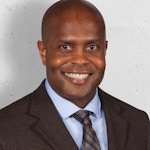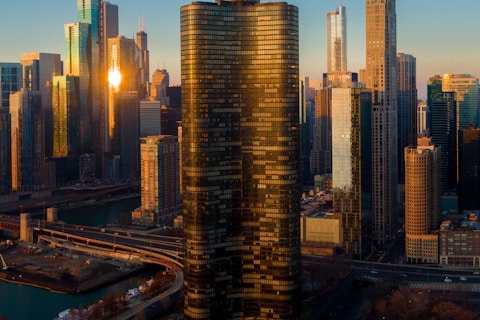Crucial Conversations of Diversity & Inclusion
In architecture, the façade is often the defining aspect of a building’s appearance, establishing the building’s public persona. From an engineering perspective, the façade is an assembly of building components with a critical impact on a range of performative metrics. This intermix of art and science in creative expression is a fundamental process of architecture, aspiring to provide us with habitats of comfort and beauty.
Expressing the diversity of our society in our architecture requires the inclusion of diverse voices in this creative expression. However, according to a report by the National Council of Architectural Registration Boards (NCARB), the profession of architecture lacks such diversity; fewer than two in five architects are women, and fewer than one in five identifies as a racial or ethnic minority.
Based on a NCARB and NOMA joint survey of 5,000 professionals, two-thirds of African Americans reported they could not identify leaders in their firm similar to themselves (compared to 26% of white respondents) – and 40 percent said they have faced or witnessed discrimination in the workplace.
Discrimination in the workplace is felt among all the underrepresented groups – women, persons with disabilities, and various racial and ethnic groups. The underrepresentation of these groups not only can lead to inequities in the architectural community, but also compromised creative expression and missed business opportunities. A growing body of research has shown that a diverse workforce increases creativity, productivity, debate, and problem-solving within companies. The buildings we design and construct must serve the spectrum of diversity in society, the diversity of the users of our buildings. According to Erin McConahey, a Los Angeles–based principal and regional diversity advocate for the 14,000-person international firm Arup: “[Clients] want to make sure that the design team they hire can understand the needs and perspectives of the users of the building.”
In order to leverage the benefits of diversity in the workforce, companies need to establish a strong culture of inclusion and equity. Differences among people should be far more than tolerated, they should be acknowledged, embraced, and celebrated. Barriers that prevent equal opportunity to the underserved and underrepresented must be systematically identified and removed.
Stereotypes, biases, and microaggressions can take many forms in the workplace, often quite subtle, and understanding and communicating how these manifest with the underrepresented can be complex and challenging. Eliminating inequities of the underrepresented in a dominant white, male work environment requires honest communication involving crucial conversations about what is taking place in the company workspace. Being underrepresented in such an environment creates its own special kinds of stress. Beyond outright discrimination, which many still face, there are more nuanced expressions of racism that bring psychological impacts to those individuals that populate these minorities. As a consequence, many individuals of minority groups have learned to carefully manage their emotions in ways that reflect the landscape they are in.
Resolving these issues require patience, empathy, and education in understanding what everyday activities and behaviors contribute to their rise. Unfortunately, many who have been impacted by stereotypes, discrimination, and microaggressions have remained silent and refuse to speak out in fear of negatively impacting their social relationships and careers – until now.

William Green
Technoform North America
Looking for something specific?
Search our extensive library.
FTI’s SKINS email is the central source for the latest in building skin trends and research.
All emails include an unsubscribe link. You may opt out at any time. See our privacy policy.









